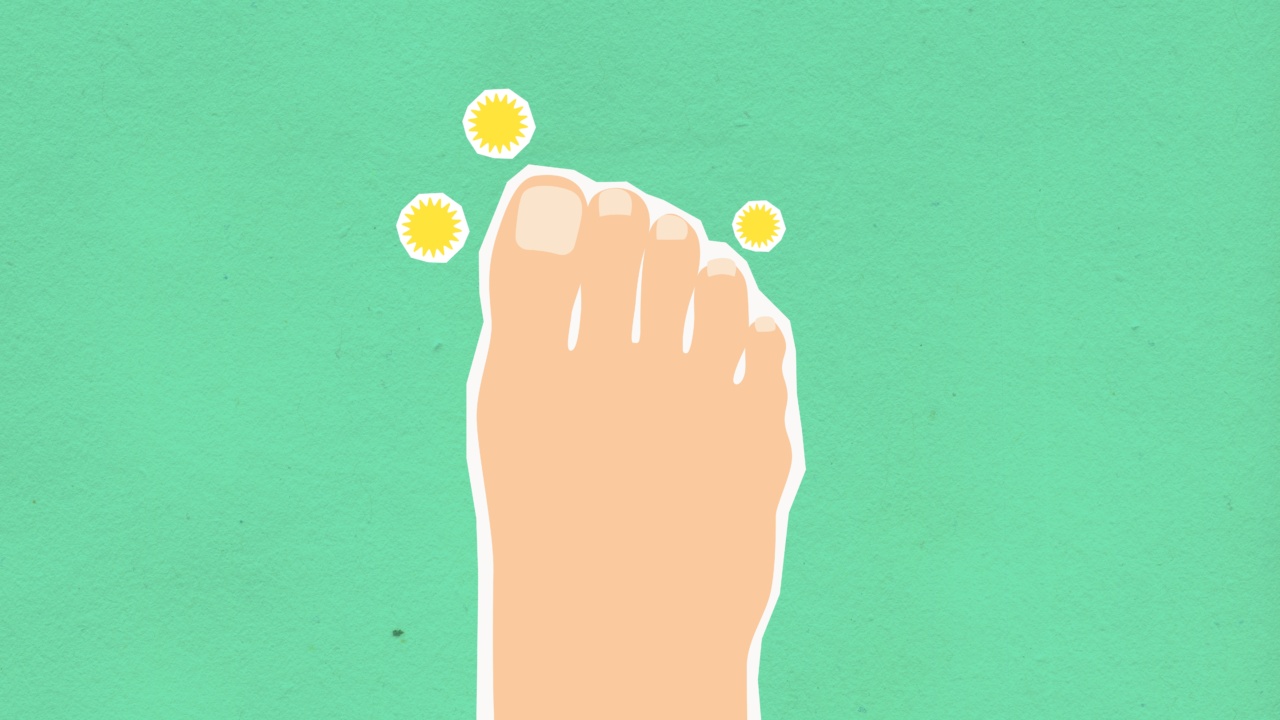Genital fungal infections, also known as genital yeast infections or candidiasis, are a common health concern affecting both men and women. These infections occur when there is an overgrowth of the fungus Candida in the genital region.
While Candida is naturally present in our bodies, certain factors can cause it to multiply rapidly, leading to uncomfortable symptoms and complications.
Factor 1: Weakened Immune System
One of the primary factors that fuel genital fungal infections is a weakened immune system. When our immune system is compromised, it becomes less effective in controlling the growth of Candida.
Issues such as HIV/AIDS, diabetes, prolonged use of immunosuppressant medications, and certain autoimmune disorders can all lead to a weakened immune response, making individuals more susceptible to fungal infections.
Factor 2: Hormonal Changes
Hormonal changes can also contribute to the development of genital fungal infections. Women, in particular, may experience an increased risk of yeast infections during pregnancy, due to the fluctuating hormone levels.
Similarly, women going through menopause may also be more prone to fungal infections due to hormonal imbalances.
Factor 3: Antibiotic Use
Antibiotics can disrupt the delicate balance of microorganisms in our bodies, including the natural yeast-fighting bacteria. When these bacteria are depleted, it allows Candida to grow unchecked, leading to an infection.
Individuals taking prolonged courses of antibiotics or frequent antibiotic usage are more susceptible to genital fungal infections.
Factor 4: Poor Hygiene Practices
Poor hygiene practices and improper genital care can create an environment conducive to fungal overgrowth.
Regularly wearing tight-fitting, non-breathable clothing, such as synthetic underwear, can trap moisture and heat, providing an ideal breeding ground for Candida. Lack of proper cleaning and drying of the genital area after activities such as swimming or exercising can also contribute to the development of fungal infections.
Prevention and Treatment
While genital fungal infections can be uncomfortable, they are treatable and preventable. Here are some measures to reduce the risk and manage these infections:.
1. Maintain Good Hygiene
Practice good genital hygiene by washing the area with mild soap and water daily. Ensure thorough drying, especially in skin folds, to prevent moisture buildup.
2. Wear Breathable Clothing
Opt for breathable fabrics like cotton, which allow air circulation and reduce moisture retention. Avoid tight-fitting underwear or pants that can trap heat and moisture.
3. Limit Antibiotic Usage
Use antibiotics only when necessary and prescribed by a healthcare professional. If you develop a yeast infection during antibiotic treatment, consult your doctor for appropriate antifungal medication.
4. Boost Immune System
Maintain a healthy lifestyle with a balanced diet, regular exercise, adequate sleep, and stress management. These practices can help strengthen your immune system, reducing the risk of fungal infections.
5. Seek Prompt Treatment
If you experience symptoms of a genital fungal infection, such as itching, redness, burning, or abnormal discharge, seek medical attention. Timely diagnosis and treatment can help alleviate symptoms and prevent complications.
Conclusion
Genital fungal infections can be distressing, but understanding the factors that fuel them and taking preventive measures can significantly reduce their occurrence.
By maintaining good hygiene practices, being mindful of hormonal changes, limiting antibiotic use, and supporting a healthy immune system, individuals can take control of their genital health and minimize the risk of fungal infections.






























